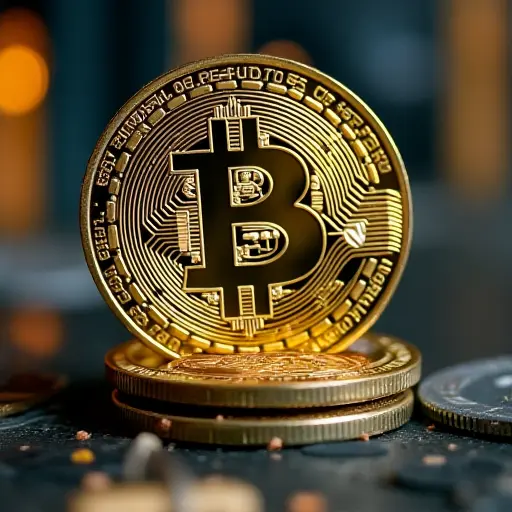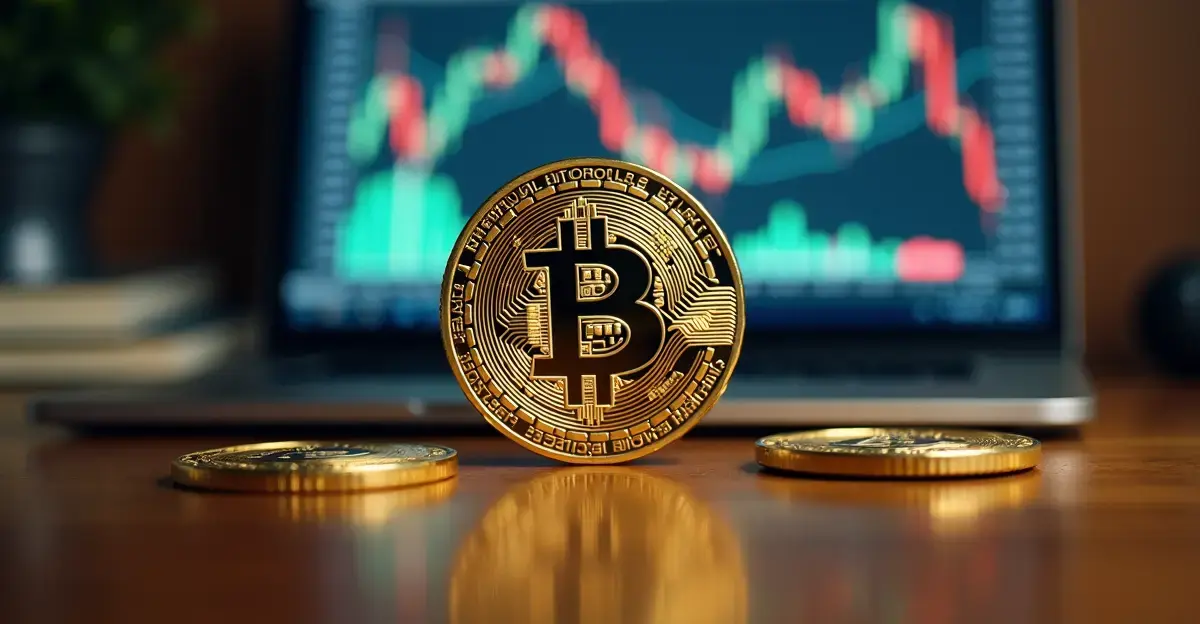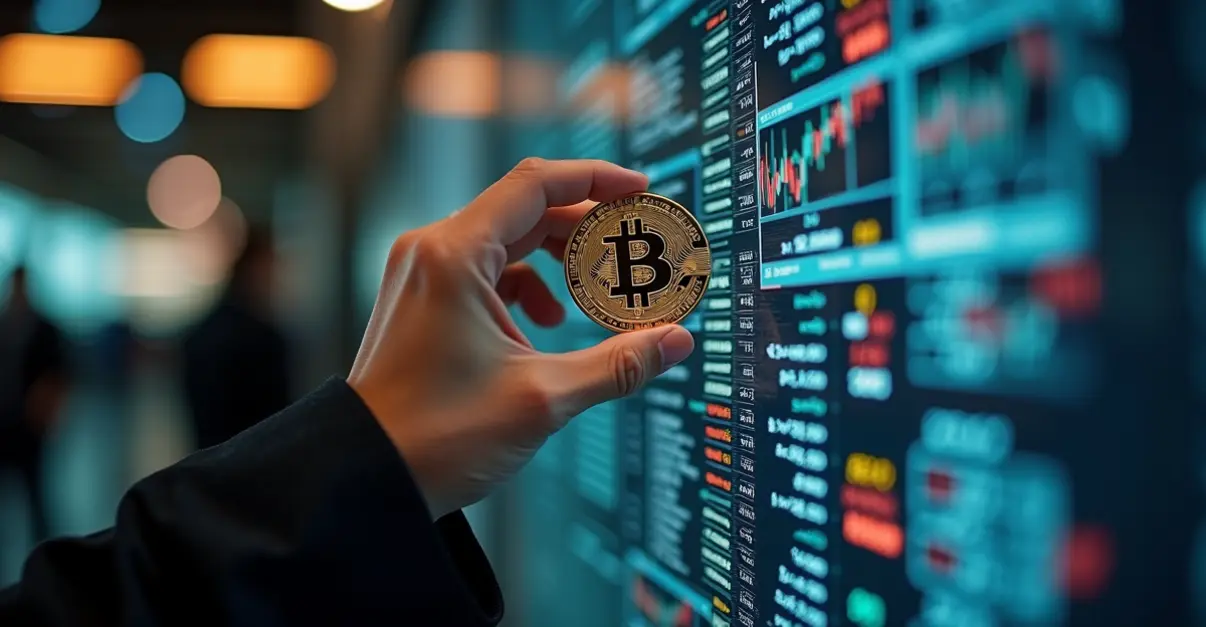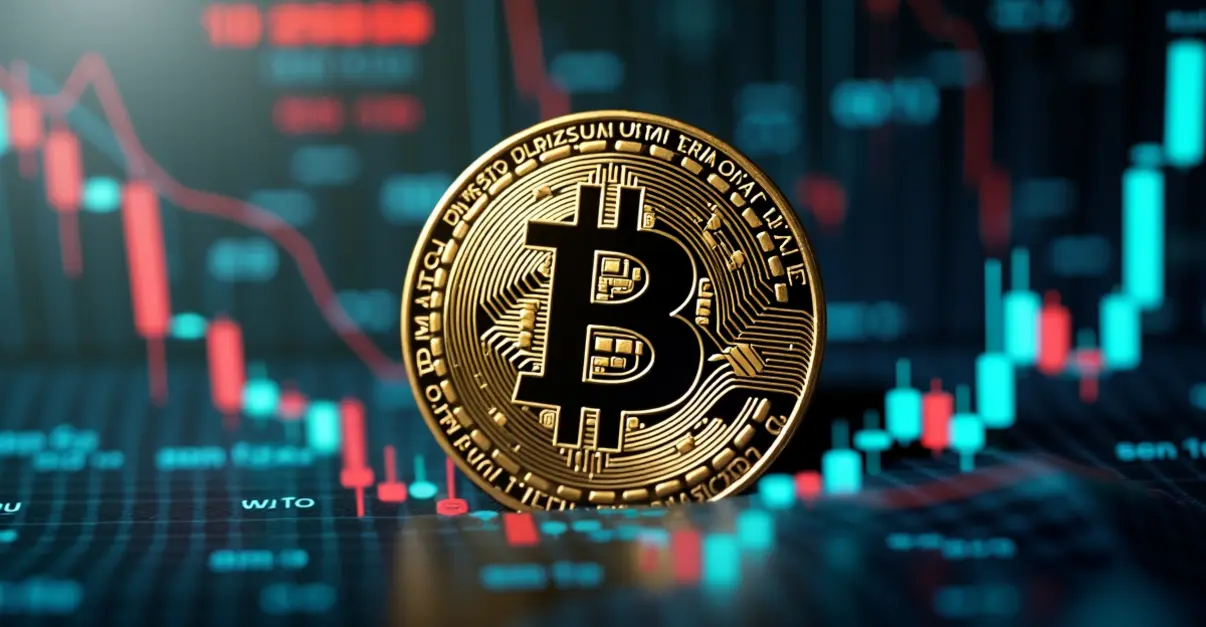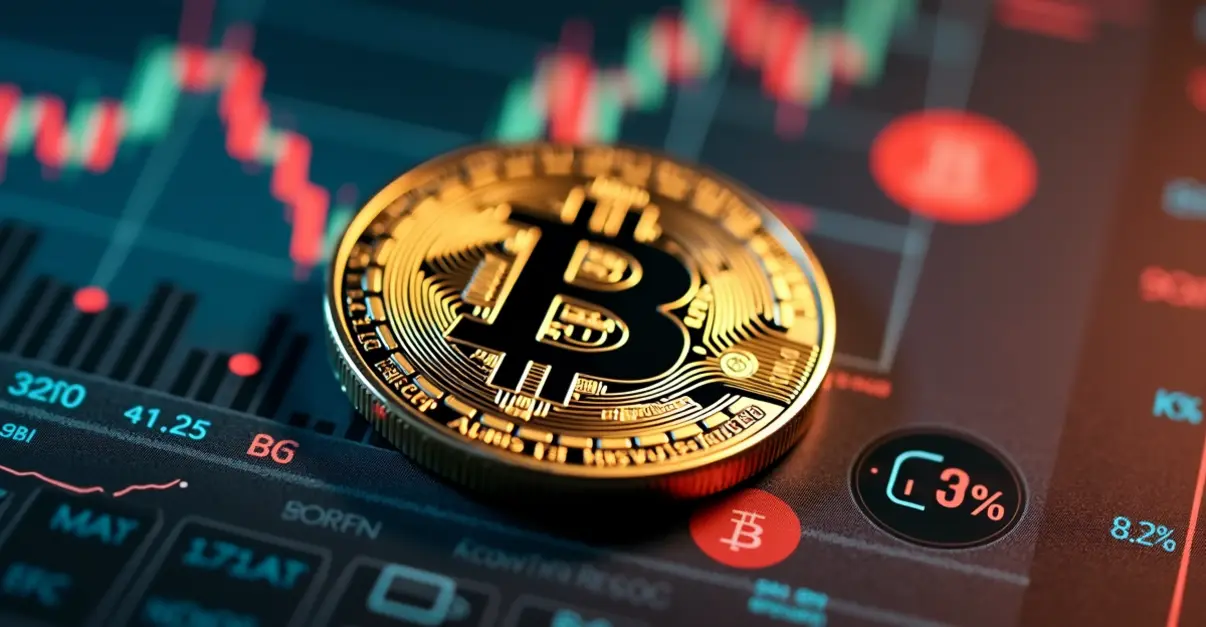The US dollar's decline is driving institutional investors toward Bitcoin and gold as debasement hedges, with the DXY index falling 12% this year amid growing concerns about fiat currency devaluation.
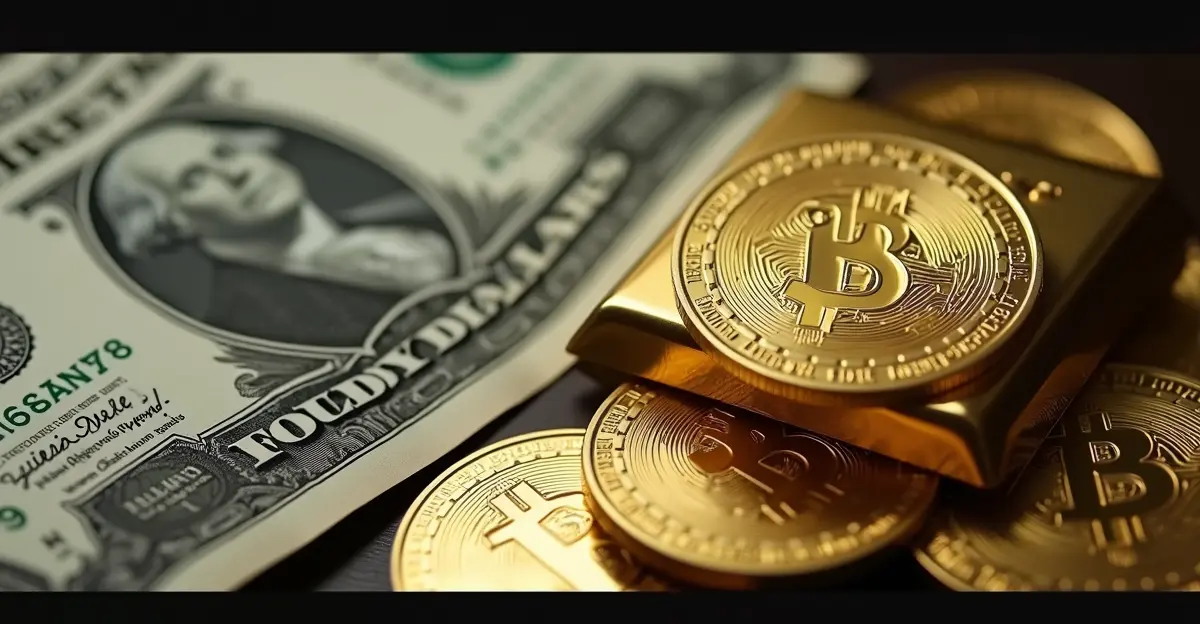
Investors Seek Shelter as Dollar Loses Ground
The US dollar is experiencing significant weakness in global markets, prompting institutional investors to increasingly turn to what's known as the 'debasement trade' - a strategy that involves hedging against the devaluation of fiat currencies through scarce assets like Bitcoin and gold. This shift represents a fundamental change in how major financial players view traditional monetary systems.
Institutional Shift Toward Alternative Assets
According to entrepreneur Anthony Pompliano, there's been a noticeable change in investor sentiment. 'There is no debate anymore. People see that the dollar and bonds are going to struggle, and that Bitcoin and gold will benefit from that,' he stated in his popular podcast. Pompliano noted that this realization has been brewing among Bitcoin and gold advocates for years: 'Nobody is ever going to stop printing money.'
The debasement trade essentially involves investors moving away from traditional currencies that lose value through continuous money printing by central banks. Instead, they're seeking protection in assets with limited supply that better maintain their value over time. This strategy appears well-founded, with gold prices rising over 50% this year and Bitcoin gaining approximately 23%.
Bitcoin's Anti-Debasement Design
Jeff Park, chief investment officer at ProCap BTC, observes clear momentum in this trend: 'We wanted private wealth managers and financial advisors to include Bitcoin as an allocation in their portfolios. Now that's finally happening.'
Brian Cubellis of Onramp Bitcoin explains this development by pointing to growing deficits, increasing debt levels, and accommodative monetary policies keeping real interest rates low. These factors are driving investors toward assets that preserve value, with gold and Bitcoin emerging as primary beneficiaries.
Enrique Ho, CFO of Blink Wallet, emphasizes Bitcoin's unique position, calling it 'anti-debasement by design.' The cryptocurrency features a fixed supply, transparent issuance, and operates without central control. According to Ho, Bitcoin represents the purest form of capital preservation in a world where money itself constantly changes in value.
Dollar Index Shows Clear Decline
The US Dollar Index (DXY), which measures the dollar's value against a basket of major currencies including the euro and yen, has demonstrated this weakness clearly. The index dropped from 110 in January to a low of 96.3 in September, representing a 12% decline according to data from TradingView.
For many analysts, the rise of the debasement trade signals a gradual erosion of confidence in traditional currencies and monetary policies. Where investors once placed unquestioning trust in the stability of the dollar and government bonds, they're now seeking protection outside the conventional financial system.
Broader Implications for Financial Markets
This trend doesn't necessarily indicate an immediate collapse of the financial system, but it does highlight the growing importance of alternative assets like gold and Bitcoin in a world where fiat currencies are steadily losing purchasing power. The shift reflects deeper concerns about fiscal sustainability and the long-term effects of monetary expansion policies.
As central banks continue their accommodative policies and governments maintain high spending levels, the appeal of assets with inherent scarcity continues to grow. This represents a fundamental reassessment of risk and value preservation strategies among institutional investors worldwide.

 Nederlands
Nederlands
 English
English
 Deutsch
Deutsch
 Français
Français
 Español
Español
 Português
Português




